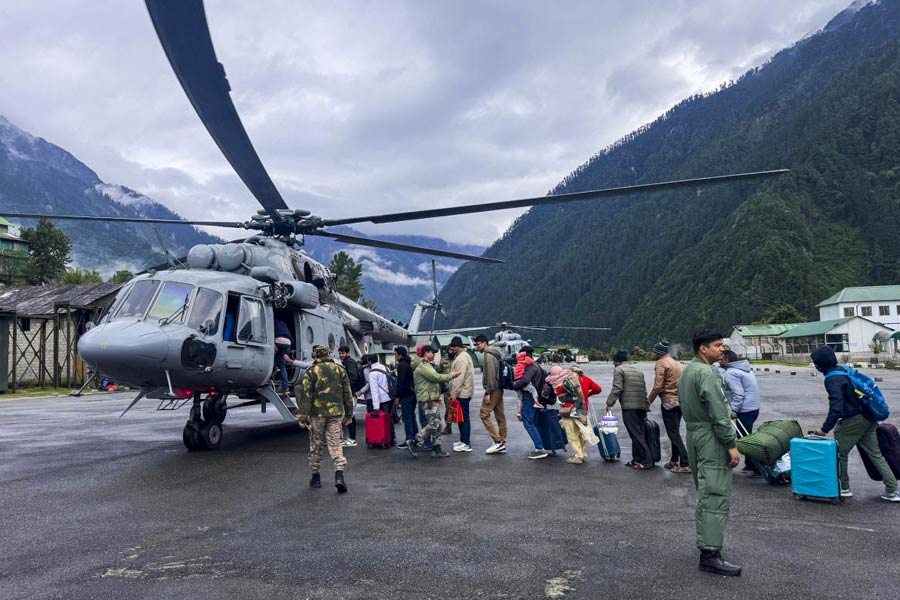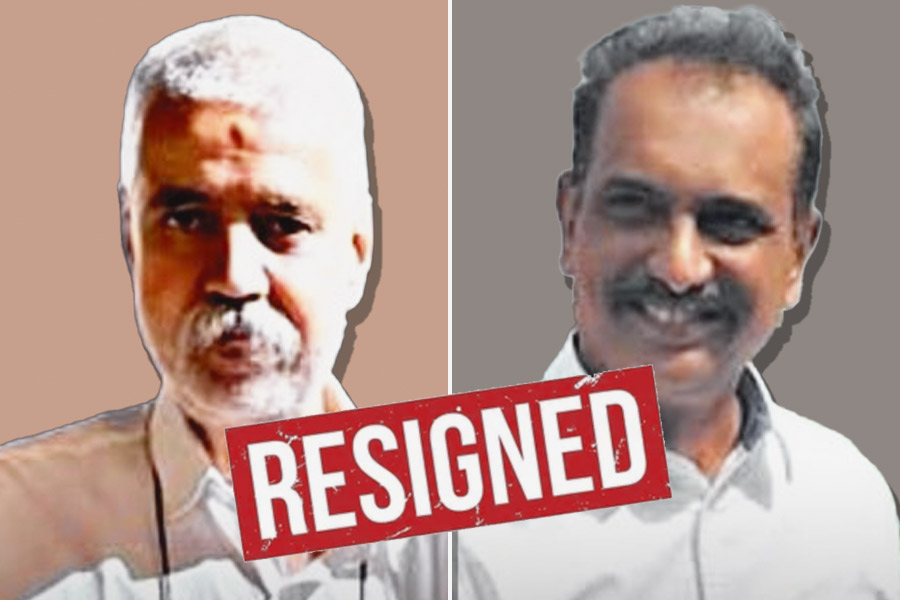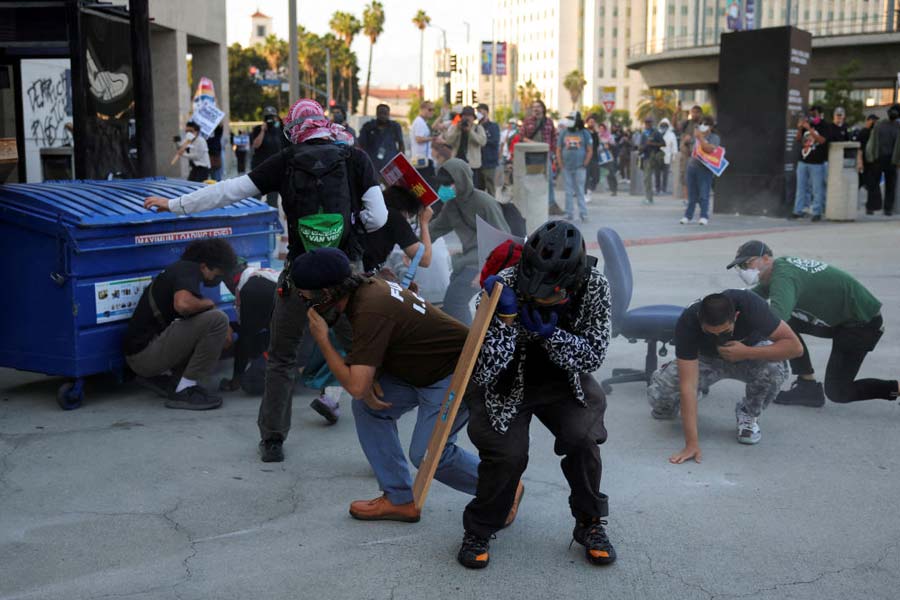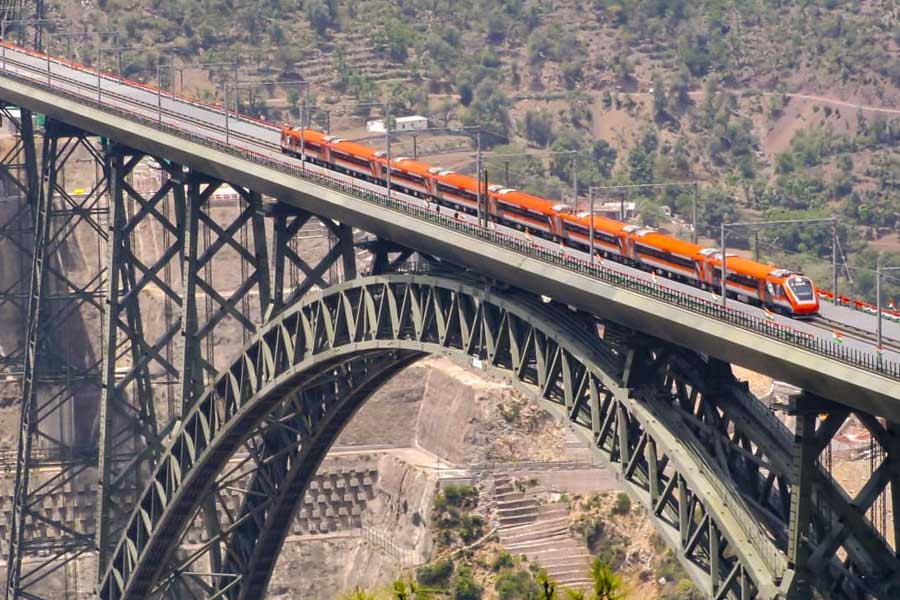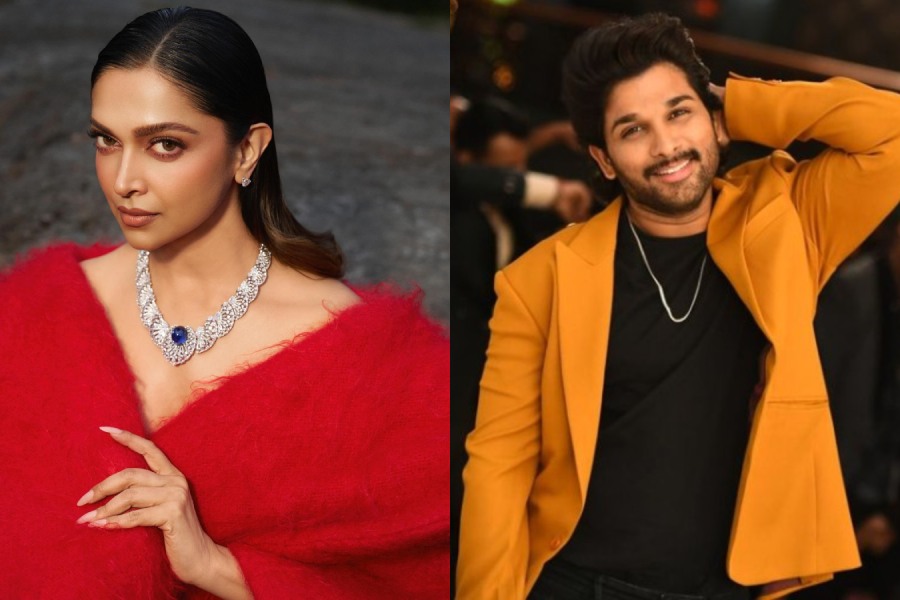 |
One day is all it took to shake the foundations of the Indian judiciary. Ever since more than two dozen judges of the Punjab and Haryana High Court went on a first-ever mass leave — actually a protest strike in disguise — a tempest has been raging in legal circles. And the community of judges is suddenly finding itself in the eye of the storm.
On April 19, 25 judges of the Punjab and Haryana High Court took offence when the Chief Justice, B. K. Roy, issued notices to two judges of the high court, questioning them about accepting free membership to a private golf club on the outskirts of Chandigarh. A public interest litigation (PIL) was pending against the golf club in the high court. The judges found the interference offensive and protested by going on mass leave.
All hell broke lose. The Supreme Court intervened and President A.P.J. Kalam shot off a sharp and disapproving letter to the Chief Justice of India (CJI). And even though Justice G. S. Singhvi of the Punjab and Haryana High Court — who is said to have led the protest — has apologised profusely to the CJI, his career looks eclipsed for good.
Criticism has come pouring in. The lawyer community — which has been repeatedly rapped by the judiciary for going on strikes — is not letting the matter rest lightly. For once, they are talking freely about the corruption and dishonesty in the judiciary. And about an urgent need to bring transparency to the country’s third estate.
“Judges have no business going on strike,” says senior Supreme Court advocate Prashant Bhushan. “The judges are depriving litigants of justice. And when a litigant suffers, justice suffers,” he elaborates.
Striking might be a legitimate weapon of protest in a democracy, but Bhushan feels that workers going on strike and judges going on strike are two vastly different situations. “When workers strike, they harm the interest of their employer. But when a public servant strikes, he violates his responsibility towards the public,” he says.
Advocate Brinda Grover agrees. She feels that strikes as an instrument of protest are only legitimate for those sections of society that are either marginalised or trying for a collective bargain. The judiciary does not fall in either category. “The judiciary is not a part of the working class. It forms the ruling establishment. It is odd for them to go on strike,” she feels.
What has peeved lawyers the most is that only two years back, Justice G. S. Singhvi had himself delivered a 38-page judgment declaring that strikes that shut down courts are “illegal and wholly unjustified”. Singhvi delivered the verdict in August 2002, as head of a two-judge bench. “If the courts are virtually shut down on account of strike resorted to by lawyers, no litigation, be it a PIL or otherwise, can ever be decided,” read the judgment.
“Judges have routinely come down on workers and lawyers for using strikes as a mode of protest. Now they are seeking similar rights,” says Grover.
For once, even fellow-judges are not standing by their cornered kin. Former CJI V.. Khare says the one-day mass leave has eroded the common man’s faith in the judiciary. “It has tarnished its image,” he says.
Former CJI K.. Singh is equally harsh in his reaction. “The judges have behaved like they were in a trade union by going on an arbitrary mass leave,” he says.
But if protest strikes are out-of-bounds for the judiciary, how do judges air their grievances? The options are endless, say both lawyers and former judges. “They can write letters and make representations to the Chief Justice of India. They can write articles in newspapers and issue public statements,” says Bhushan. Singh remembers his term as a high court judge and the many instances of disagreement between the Chief Justice and other judges. “The Chief Justice is the captain and not master of the ship. So differences are bound to occur,” he says. “But they were always amicably resolved through discussions and open house meetings.” The protest strike has raised questions about a need to bring transparency into the selection, enquiry and removal procedure of judges. And also bring more accountability to the profession. Khare admits, “We do not have any mechanism to reign in on errant judges. As CJI, I could do nothing. I did not even have the power to summon them.”
Bhushan questions the selection and removal procedure for judges. “The selection procedure is strictly behind closed doors. Enquiries are in-house. And removal through impeachment is almost impossible to achieve,” he says. However, Singh sees no problems with the selection procedure for judges. “If the civil service selection procedure can happen behind closed doors then why not the selection of judges?” he asks.
Lawyers, on the other hand, have repeatedly been demanding the setting up of an independent National Judiciary Commission (NJC) with powers to take disciplinary action against judges. But to no avail. “The draft bill is gathering dust in Parliament,” says Bhushan. But the judges are not in favour of the NJC. “I am against the NJC,” says Khare. “An in-house enquiry procedure would work just as well if it had more teeth,” he adds.
The verdict is still out on this debate. For the time being, the judges need to figure how to resolve the raging mass-leave controversy. It’s one day India’s third estate is not going to forget in a hurry.





